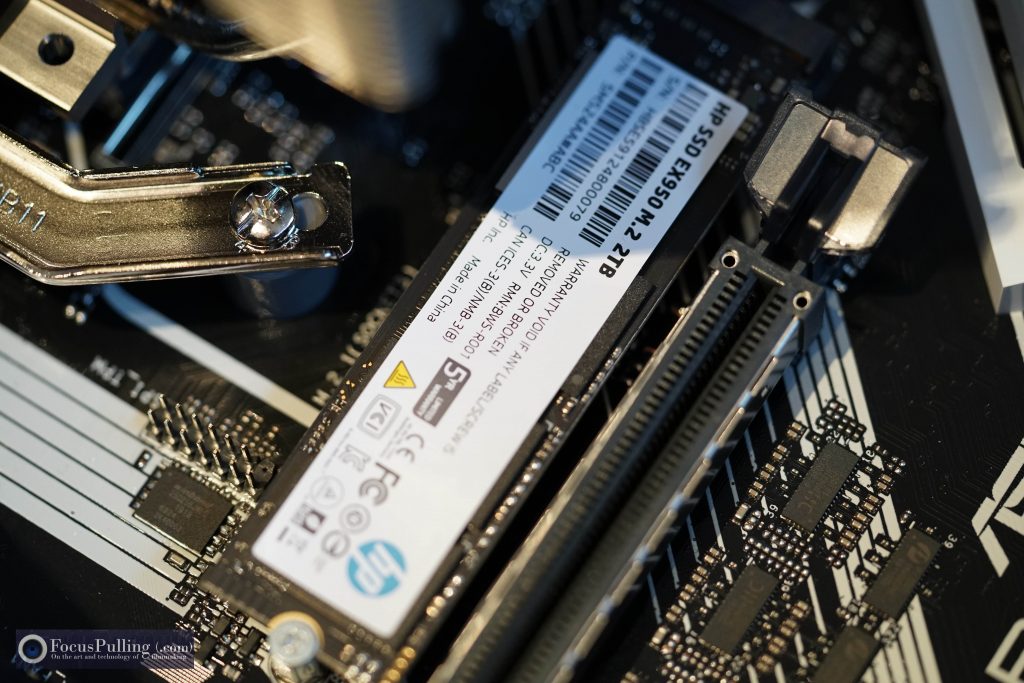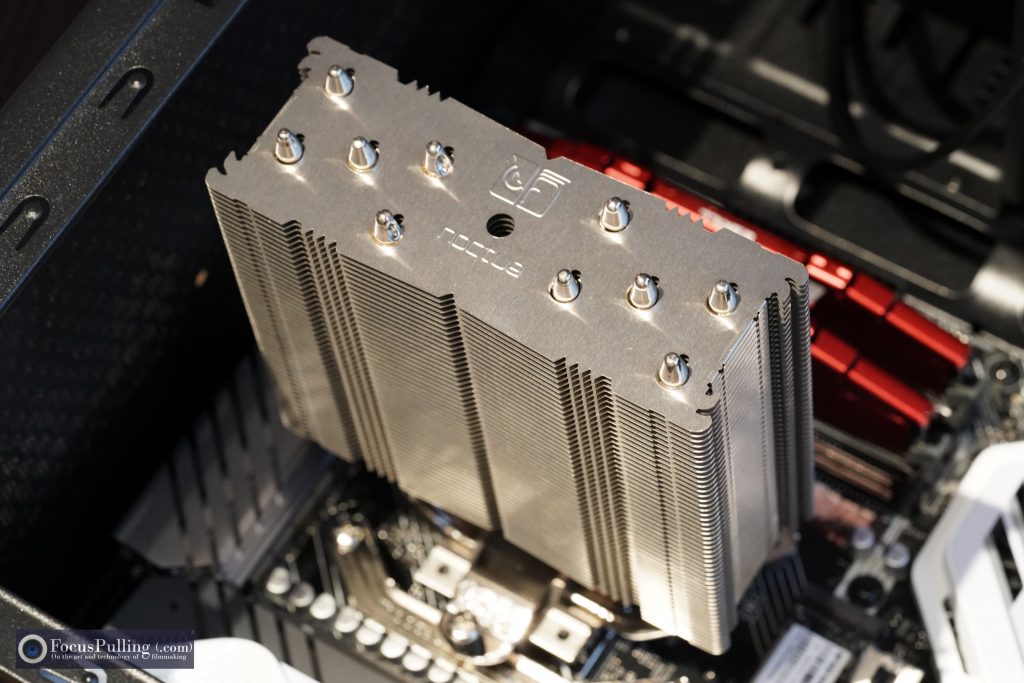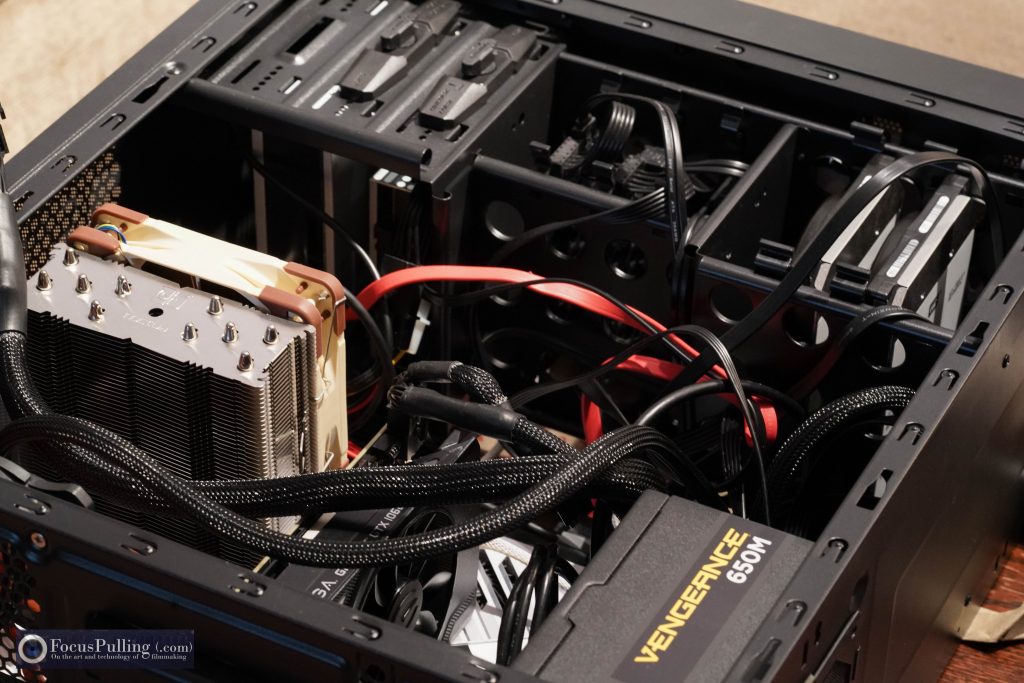The first wave of ultra-miniature wireless microphone kits arrived from RODE with their Wireless GO, and the Comica BoomX-D kits build upon that amazing Aussie innovation, saving more money while adding features, especially in this kit with an additional transmitter for simultaneous capture of two wireless sources fed into one receiver for stereo recording (multiple GO’s cannot do that): the left channel gets one discrete transmitter, and the right channel gets the other one. It’s really easy once you’re in your editing program, to make the left channel a separate mono track, and the right channel its own mono track, for independent volume control and editing later on.

I like that all three internal lithium batteries are charged via USB-C (not old micro-USB) connections. You can even bus-power the units while they’re in operation. The spring-clip on the back of the receiver cleverly can double as a hotshoe mount too, because it’s the standard width and thickness, staying especially tight on the camera since it’s spring-loaded. Compared to the GO, these transmitters come with cabled lavalier microphones too, adding the option for better and closer-in audio that’s hidden. And instead of screw-down connectors like on Comica’s RF wireless packs (which can wear down over time and risk wire fault), Comica has added a clever new “hook insert” system that latches down connectors enough for peace of mind — but also pop out if a wire gets snagged hard. Besides these cabled lav mics, I still like the run-and-gun option to just quickly clip the unit onto talent, on the go, without wiring up. The internal microphones on the transmitters sound OK — not as good as the GO, but decent enough when necessary.

Since the wireless signal uses unlicensed spectrum, just like Wi-Fi, it’s a little risky and I got occasional dropouts when wandering around downtown New York City which is extremely congested. I look forward to the arrival soon of devices that ride more reliably on Wi-Fi 6, but for now, this technology works in most environments reasonably well. When capturing wirelessly, you always want to have a wired backup plan anyway — and the cool thing here is, you can simply plug either of those included lav mics straight into your camera, in case you need to, or want to.

I appreciate the colorful displays too: not just because they look nice and bright, but because you can see separate functions clearly at-a-glance (when there’s so much else to worry about). You can get instant confirmation of audio activity and levels no matter where you are, from meters on the transmitters, to the receiver where you can adjust each volume level separately from that master position. The only negative I could find, is that when you’re charging any of the three units, or bus-powering them during operation, the battery level icon doesn’t change: you can’t see confirmation that it’s charging. I’ve never seen that absence on any other product. Hopefully it’s fixable via firmware someday.
One last bonus, easily overlooked, is that Comica includes an attenuator cable (they normally cost an extra $30 or so), identified by an orange connector. It’s important for adjusting compatibility between some microphone ports and line-level ports (in both directions). Certain cameras and other products vary widely at this impedance level, so the cable can really get you out of a bind.
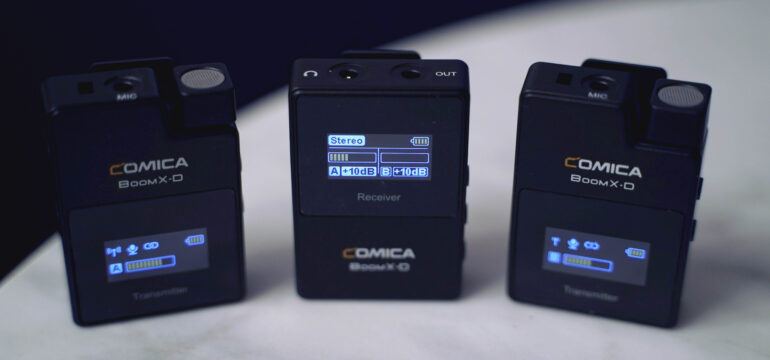

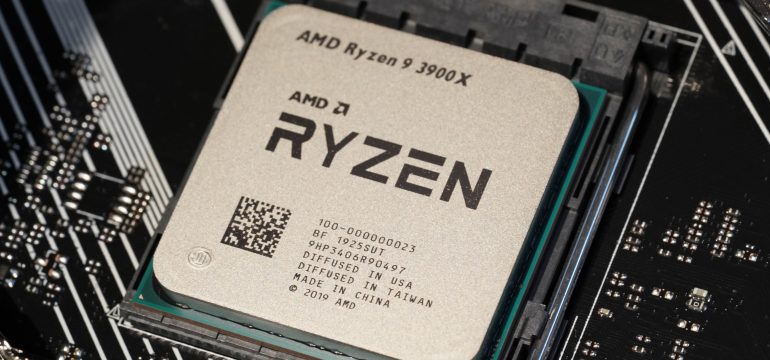




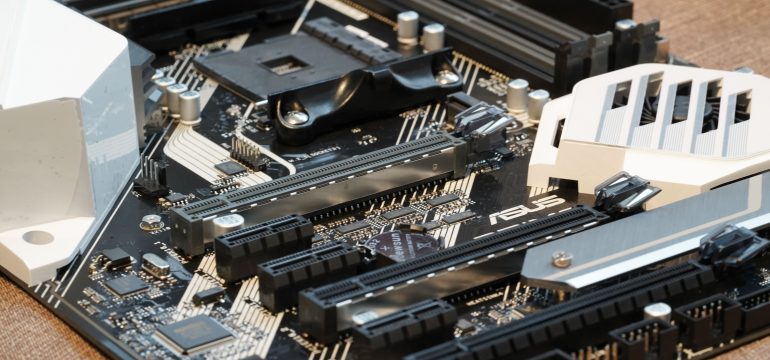


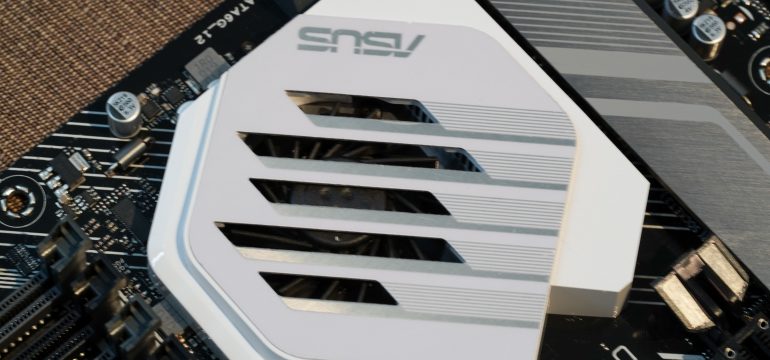

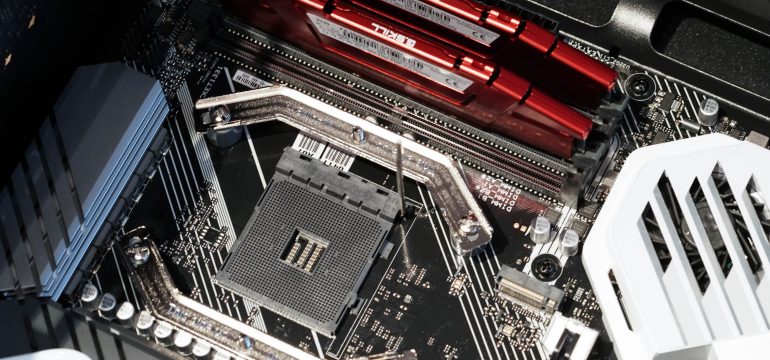
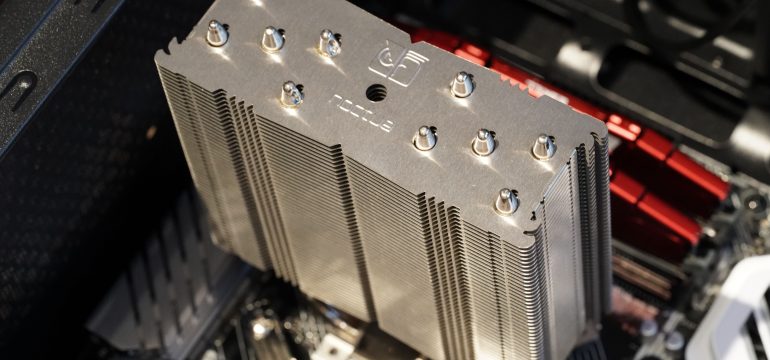



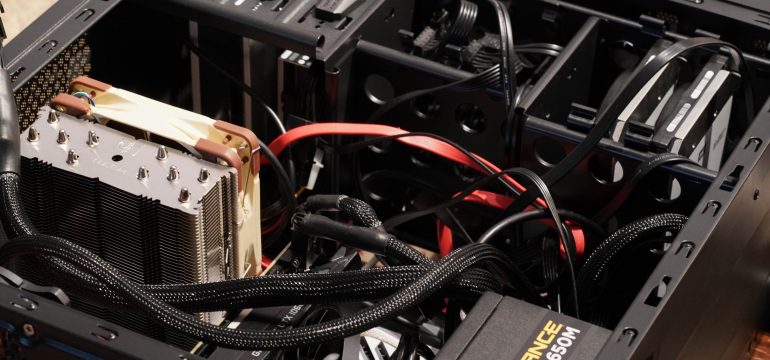
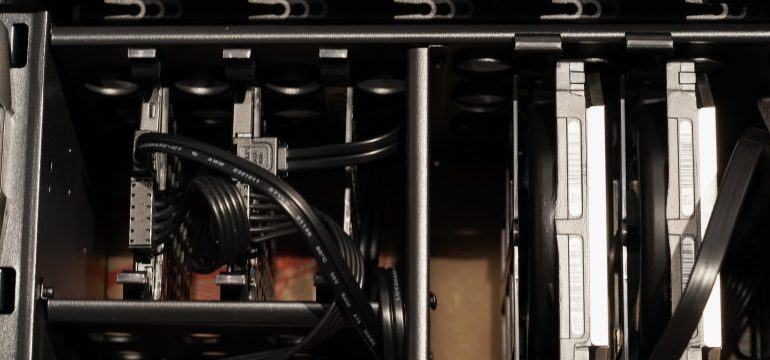



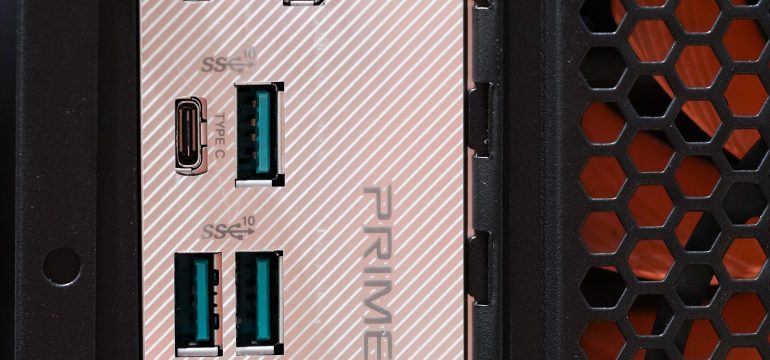


 Oh, and one more thing: hardly anyone custom-builds PCs for video production, but the leader in the industry is somehow (quite unfortunately) Puget Systems. They’ve been Intel evangelists for many years, sitting on tons of Intel inventory that they still need to sell, but when AMD creamed Intel badly (for the long-foreseeable future, too), Puget Systems hilarious refused to accept that, and they still don’t. They’re a great example of technological stubbornness, and suspicious brand loyalty. Ignore them.
Oh, and one more thing: hardly anyone custom-builds PCs for video production, but the leader in the industry is somehow (quite unfortunately) Puget Systems. They’ve been Intel evangelists for many years, sitting on tons of Intel inventory that they still need to sell, but when AMD creamed Intel badly (for the long-foreseeable future, too), Puget Systems hilarious refused to accept that, and they still don’t. They’re a great example of technological stubbornness, and suspicious brand loyalty. Ignore them.




